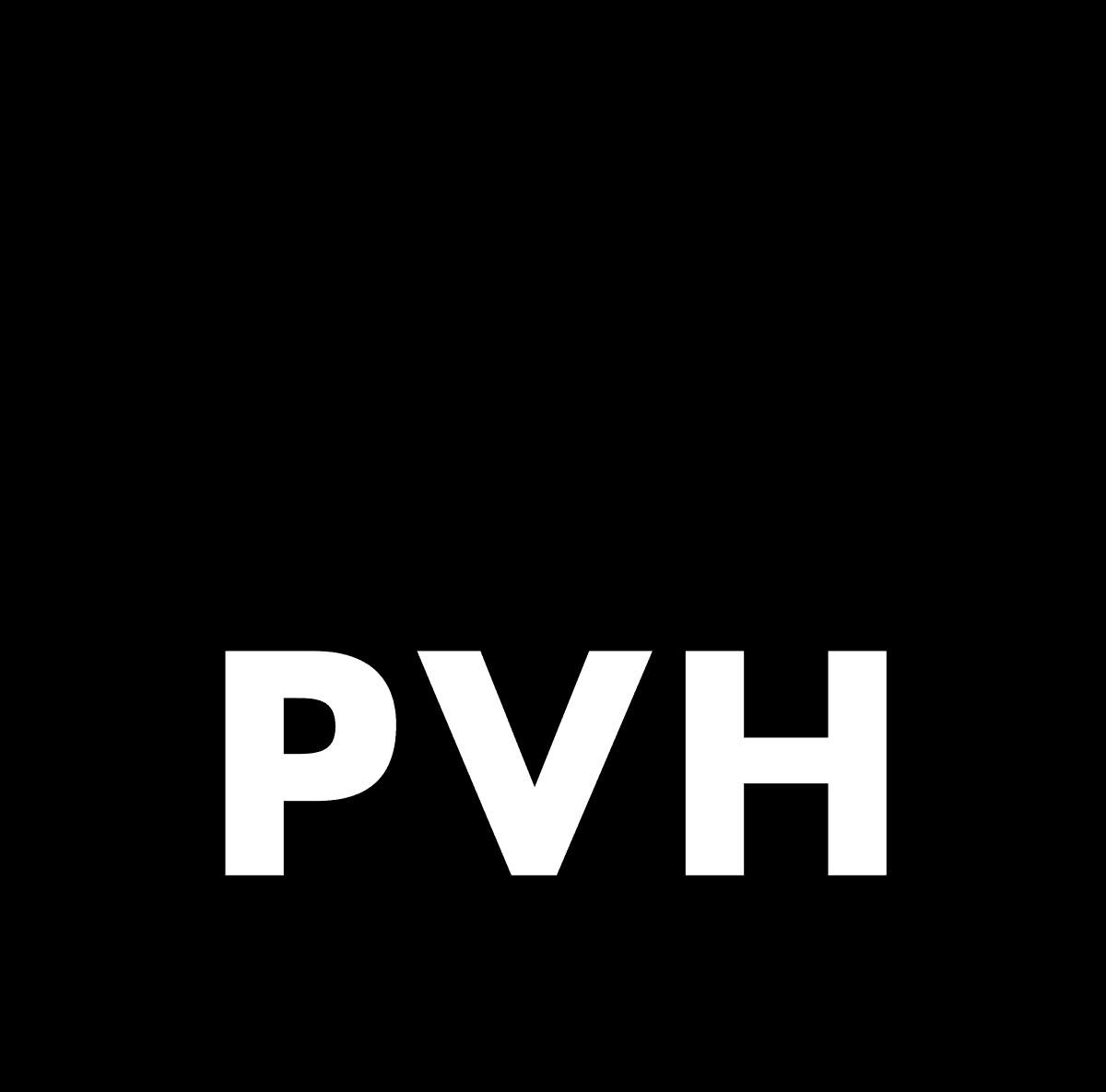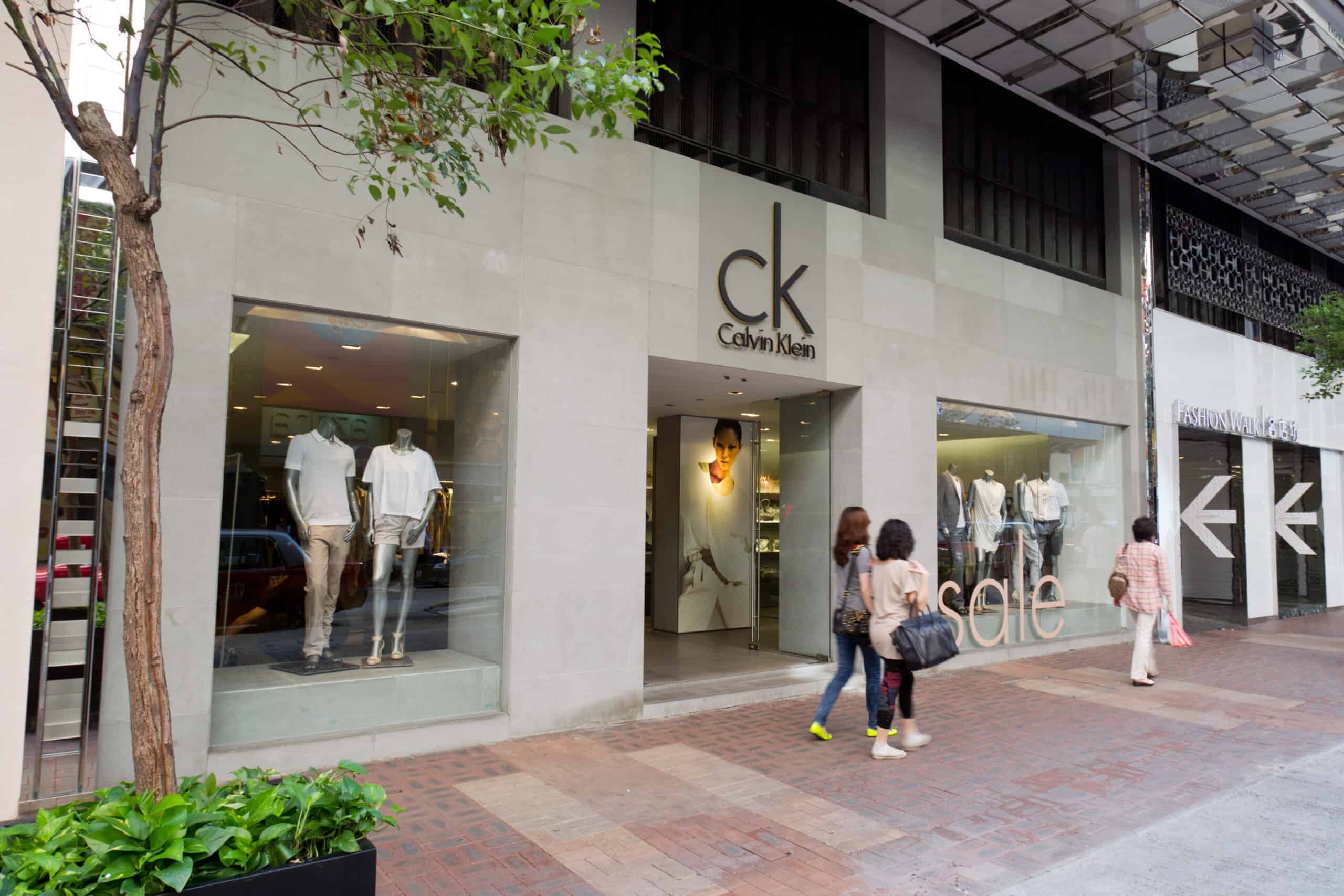
Fashion Forward: PVH Drives Business Value with Automation
Parent company to brands such as Calvin Klein and Tommy Hilfiger, PVH leverages low-code to extend existing SAP systems to fit their future ambitions around sustainable fashion and supply chain management

The word “fashion” is often associated with runways, high status, and inaccessible lifestyles, but there’s a more practical side of that couture coin. Fashion is the marriage of form and function. The same could be said for retail – the industry to which fashion is intrinsically tied. Shoppers want an experience, but not at the expense of easy access to the goods they want. It’s up to retailers to build an experience that not just attracts and retains, but also delivers.
Another trait that fashion and retail share is constant change. PVH Europe, part of the fashion conglomerate that owns iconic brands like Calvin Klein and Tommy Hilfiger, knows this all too well. To deliver engaging experiences and maintain a company-wide innovative mindset, the right tools are needed, built on the right technology.
Sustainable Design
“PVH Europe is a company that’s focused on sustainability and driving fashion forward for good.”
That’s Sander Kieft. He’s responsible for architecture and platforms within PVH Europe. Kieft’s been with the company for three and a half years, and what attracted him to the business was its focus on using 3D design and digital selling, to reduce waste up and down the supply chain.
Sustainability isn’t just a trend for PVH Europe. It is a pillar in which the organization operates. SVP of Technology, PVH Europe, Barend Kuperus, fervently reiterates their goals. “What we strive for is to drive fashion in a way that consumers view the industry as a force for good.” The intent to evolve beyond the detrimental impact fast fashion can have on the environment and to incorporate sustainability as a defining characteristic of the organization isn’t just the right choice – it’s the smart choice. Consumers – millennials and Gen Z in particular – are more conscious than ever about the impact their collective choices have on the world. Modern buyers are drawn to companies who values reflect their own.
Kuperus is asking the same kind of questions consumers are, “How do we source our materials? How do we design our products and be smart about our waste while maintaining the high level of quality of our garments and clothing?”
The answer to Kuperus and Kieft’s questions can be found in PVH Europe’s supply chain, which has a strong foundation built with SAP S/4HANA for Fashion – a fashion, retail, and vertical business ERP.
Premium Fashion, Low-Code
Kuperus and Kieft needed to extend and customize their SAP instance in ways that fit the company’s overarching strategy of sustainability and efficiency. Changes to a large ERP system can make it slow and brittle, so to keep that core system clean, they knew they needed to limit the number of customizations. Beyond extending ERP, there was significant opportunity in extending Workday, and neatly integrating to Coupa, PVH Europe’s business spend management solution.
“There are a lot of business processes that we want to automate that don’t fit in standard enterprise software,” says Kieft. “They don’t bring sufficient business value to be completely built with custom code, but the organization can benefit from their being automated.”
Their answer to this wasn’t creating bespoke software or purchasing software off the shelf. The answer for Kieft was somewhere in between: Mendix’s low-code development platform.
“With low-code, we can differentiate where we focus, and fill the gap between packaged corporate software and complete custom development,” says Kieft. “We can fill the space between needing custom solutions, but not have to carry the weight in total cost of ownership for an off-the-shelf solution.”
With its visual, drag-and-drop interface, built-in collaboration tools, and out-of-the box, third-party integrations, the Mendix Platform was a no-brainer for Kieft and Kuperus to realize as much value as possible out of their existing software investments. Moreover, the team could tailor SAP to business strategy and keep the core clean.
Another reason for using Mendix was its Solution Extension partnership with SAP. This partnership is by invitation only and is the closest form of partnership with SAP possible, fully integrating the Mendix platform as SAP’s own rapid application development platform to extend solutions like SAP Business Suite, S/4HANA, SuccessFactors, and more.
To help better integrate Mendix and SAP together, PVH Europe turned to SUPERP, a large SAP consulting firm whose MxBlue division helps customers improve their SAP ERP implementation through Mendix development, testing, and agile delivery.
Han Pieter Duyverman, Mendix Team Lead at MxBlue, touches on why the Mendix-SAP connection works well for PVH Europe and its goals. “Having a platform in place to make sure that all the really technical stuff has been taken care of allows you to work with a business-focused, cross-functional team, to actually translate these ideas into proper enterprise crossover.”
“If you bring along too much of your legacy, like a custom code footprint inside your SAP core systems, upgrading or adapting innovations can be very hard. Moreover, when a (super) short time to market for business applications is vital, a clean core and working with Mendix is a true enabler” says Daan Balijon, Business Unit Manager, SAP Core and MxBlue at SUPERP.
Big Returns
With a strong SAP core in place, and a capability to quickly deliver differentiated solutions on top of it, Kuperus and Kieft began to uncover new opportunities to digitize. One such area was the chargeback system, enabling a process of receiving, recording, accepting, and fulfilling merchandise returns to customers and partners, all while adhering to SOX compliance – a U.S. regulation named the Sarbanes Oxley Act that governs security, access privilege, and data standards for financial records.
Balijon succinctly sums up the chargeback process: “Let’s be frank, it’s a process that nobody really likes. Developing this application in a very iterative way, close to end-users, improves the user experience and makes commitment to this process grow significantly.”
It’s critical to have the right tools in place to make collaboration across the supply chain as seamless as possible. To manage the 180,000 requests per year, PVH Europe previously had an ineffective process in place to manage approvals. The problem was, the system handling that kind of volume was tenuous, and integration to the core SAP system was frayed. With Mendix, it was possible to build a solution that replaced this manual process, all connected to SAP. Doing away with manual processes cleared up discrepancies in data, and automating these processes allowed PVH Europe to optimize the process. Thanks to the application, the process is now fully auditable and traceable.
Following the Thread
Another Mendix app, described by Duyverman as “relatively small,” and helps the company manage the recertification and on- and off-boarding of external workers, like freelancers. The application, named RTPA, pulls information from the Active Directory and automates an email to all managers working with external workers, feeding managers’ responses back to the Active Directory.
While Duyverman characterizes the solution as small, the RTPA application represents significant value. The RTPA process needed to be streamlined to eliminate significant manual effort, and the team wanted to provide a solution quickly.
“That’s where Mendix brought a lot of value,” Kieft explains. “To bring – in a short amount of time – a specific solution that needs to integrate with a few systems and have a user interface good enough to not require any training.”
Elegance (and Utility) with a Dash of Daring
Kieft and Kuperus envisioned a combination of Mendix and SAP that enabled them to help any aspect of the business. With low-code, Kuperus suggests, “you can suddenly open up a capacity; new people that, in the past, would not have been able to solve something using technology.”
Proving this theory was the marketing team, responsible for controlling and setting budget targets, managing spend for the Calvin Klein and Tommy Hilfiger brands in Europe while supporting strategic objectives, particularly the end-consumer journey.
Understanding this journey – and aligning it to global marketing programs – requires plenty of planning and coordination. Add to that the complexities of maintaining GDPR compliance, and effort increases exponentially.
With a difficult challenge in-hand, PVH Europe saw the opportunity to significantly streamline the budget process with a Mendix app. Previously, the team had used an application that was not well-integrated to core systems, making it difficult to minimize duplicative data entry, and challenging to properly manage master data. When it came time to represent work with a vendor, associates would often need to re-key data that already existed in other core systems.
The application built is a key example of form meeting function. It integrates with SAP ERP and Coupa, a business spend management solution, and provides users with a single source of truth for budgeting data. Rather than days spent accruing and validating data and a lengthy back-and-forth over email to complete a round of reporting, the app provides a real-time view on allocated budget, how much is consumed, in which month, and on what program.
It is estimated that the application saves two days per month that were previously spent on information gathering and collating. Now employees can spend their time on analyzing and understanding the context behind the figures, speaking with stakeholders, and updating plans accordingly.
The Whole Ensemble
Beyond using low-code to easily tailor SAP systems to business goals, the Mendix Platform has brought on another trend: a sense of transformation.
Collaboration through the Mendix Platform—and the apps built with it— provides PVH Europe a better process than what existed before. The inherent visual nature of Mendix lets developers easily show off the apps they’re building and get immediate feedback. And because business users can quickly see requirements come to life, they’re able to provide better-informed, more frequent feedback. But unlike most fads, this one doesn’t seem destined to become obsolete.
“You can really build quickly,” says Kieft of the low-code application development process. “You can directly build screens in Mendix and use that as a tool to show the business what your plan is. That feedback loop is super short.”
On the other side, chargeback application teams accelerated speed-to-MVP enabled by Mendix. It allows associates to have an idea, then a quick chat and check with coworkers who know what Mendix is capable of. This allows the teams to come up with a proof of concept of their idea in a short time.
For the marketing controlling team, Mendix disarmed the many potential pitfalls that generally come with working with external partners and departments, providing a feeling of being one unified team.
A Trend Catching On
Kieft is excited about the efficiency that the SAP-integrated Mendix apps are generating.
“All of these apps have huge business value in data accuracy, in compliance. But they freed up a lot of people from manual work, matching, checking things. All apps drove massive efficiencies. For all of the apps, it’s between one and three FTE savings in manual labor.”
Kieft sees further progress in reducing waste and making the company a more efficient organization. Currently in the works is a Prop Shop application, which would create a workflow around managing and ordering props – materials for counters and mannequins, or signage.
In Kieft’s eyes, everyone should be able to build the solutions they need to make business better.
“We’re starting with creating a Mendix Center of Excellence. We want to create that feeling of excitement. ‘Hey, I can do this myself. IT did the heavy lifting, but I’m in control of this app that helps me and my business process. I’m the one that can create this app with all these tools IT provided me.”
Mendix is a Siemens business